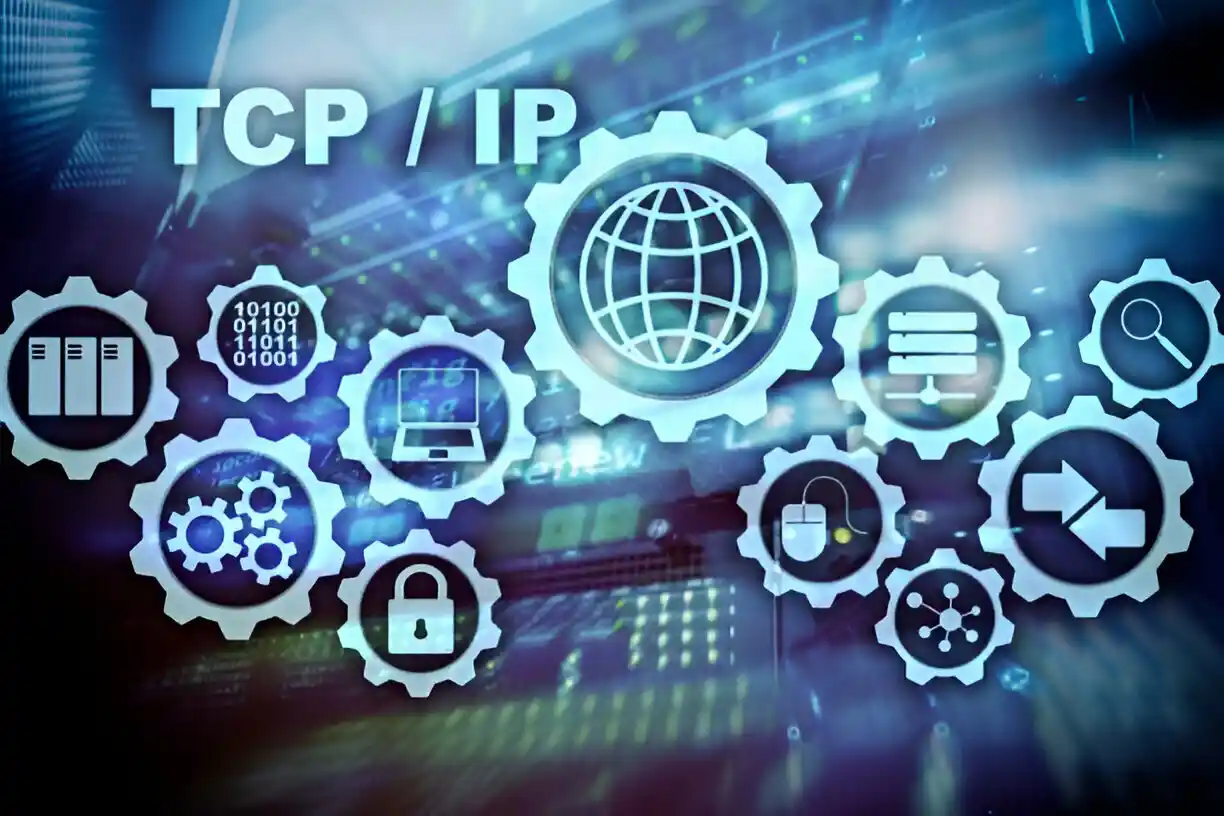TCP/IP, or Transmission Control Protocol/Internet Protocol, is the foundational suite of communication protocols used to connect devices over the internet and other networks. It serves as the language of the internet, ensuring that data can be transmitted reliably between devices regardless of the underlying hardware and software.
Here’s a brief overview of the key components of TCP/IP:
- TCP (Transmission Control Protocol): TCP is responsible for establishing and maintaining connections between devices. It ensures that data is reliably transmitted by dividing it into packets, numbering them for sequencing, and reassembling them at the destination. TCP also handles error detection and correction, ensuring that data arrives intact.
- IP (Internet Protocol): IP is responsible for addressing and routing packets of data so they reach their intended destinations across networks. Each device connected to a network is assigned a unique IP address, which serves as its identifier. IP ensures that data packets are directed efficiently through the network to their destinations.
- Protocols within TCP/IP: TCP/IP is a suite of protocols, each serving specific functions. Some of the most common protocols within TCP/IP include:
- HTTP (Hypertext Transfer Protocol): Used for transmitting web pages and other web resources.
- FTP (File Transfer Protocol): Used to transfer the files between computers.
- SMTP (Simple Mail Transfer Protocol): Used to sending email messages.
- DNS (Domain Name System): Converts domain names into IP addresses, enabling devices to locate each other on the internet.
- DHCP (Dynamic Host Configuration Protocol): Assigns IP addresses dynamically to devices on a network.
- Layers of TCP/IP: TCP/IP is often conceptualized as a layered model, with each layer performing specific functions:
- Application Layer: Contains protocols used by applications for communication, such as HTTP, FTP, and SMTP.
- Transport Layer: TCP operates at this layer.
- Internet Layer: Handles addressing and routing of data packets across networks. IP operates at this layer.
- Link Layer: Responsible for the physical connection between devices, such as Ethernet or Wi-Fi.
Overall, TCP/IP forms the backbone of the internet and enables the seamless communication of data across diverse networks, playing a crucial role in modern networking infrastructure.
